
I had a delightful morning at the Jacksonville Zoo and Gardens. John Reed presented a class on photographing birds, a benefit of membership. Although I had recently been to the zoo, by limiting my focus to birds I saw and learned more.

Our two-hour focus was on three bird exhibits: Caribbean Flamingos; Lorikeets and other Australian birds (and Kookaburras, Blue-Bellied Rollers, and Racket-Tailed Rollers); and the Emerald Forest Aviary (Honduran Boat-Billed Heron, Inca Tern, North American Ruddy Duck, Roseate Spoonbill, Plush Crested Jay, Scarlet Ibis, and Black-Faced Ibis).
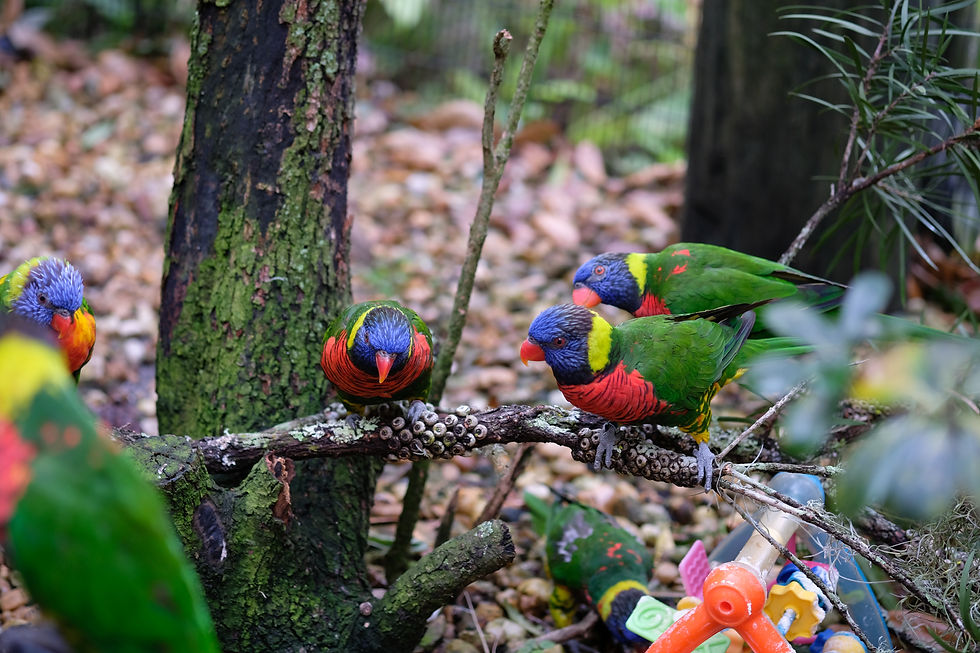
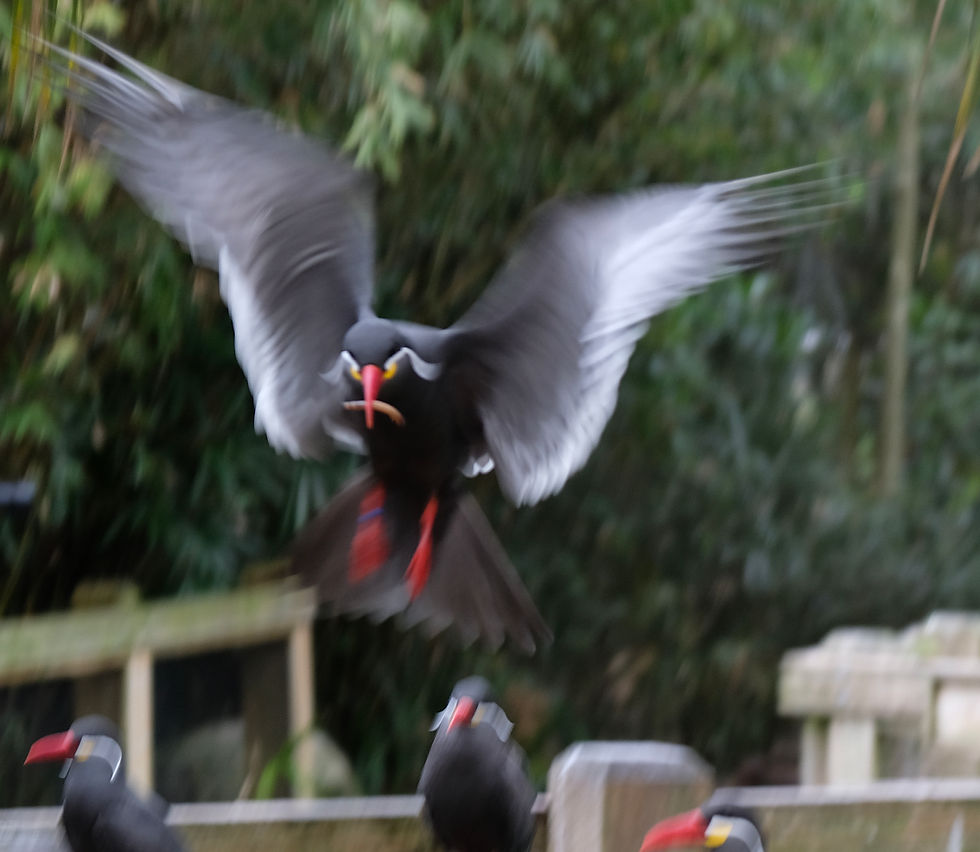
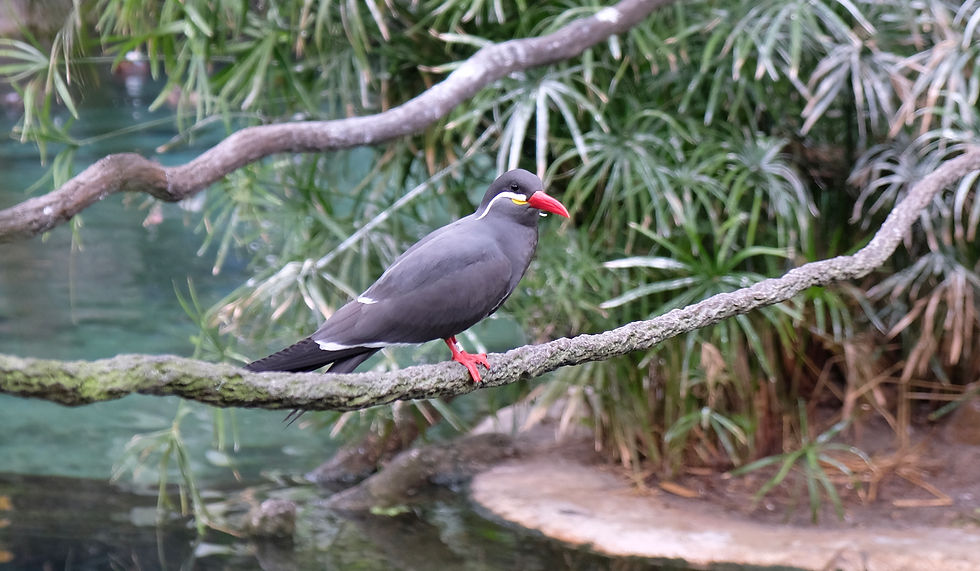
The pleasant experience of focusing on just a small part of the zoo reminded me that when I set my sites on something small, I pick up more details, enjoy the intensity a bit more, and come away feeling refreshed and enthusiastic. In writing, I find I need to use my macro lens, too.

Finally, I am focused on my manuscript for an historical novel/memoire based on more than 1,000 of Dad’s letters (and a few from other family members). It is a big task, but it is thrilling in small 1,200 – 2,000-word pieces. Faced with the whole project (the zoo), I am overwhelmed. But by focusing small, one day at a time, I have written nearly 50,000 words!
Beginning in the early 1910’s, the book focuses on the close relationship between Dad and his aunt. Most of it is set in a small town in Kentucky where Dad grew up. There are letters, photographs, newspaper clippings, and data to sort through. By focusing small, I do not become overwhelmed and I see more clearly. Otherwise, I spend hours going down rabbit holes, which is like trying to photograph all the animals in the zoo rather than focusing on just a few birds.

I believe I failed flamingo photography miserably. I did not take my zoom lenses and distance shots of flamingos bunched together are not very interesting. It is much like trying to sort through piles of photos and letters then writing a short chapter about it. There is too much distraction. In the case of flamingos that means too many beaks, necks, legs, and tail feathers.
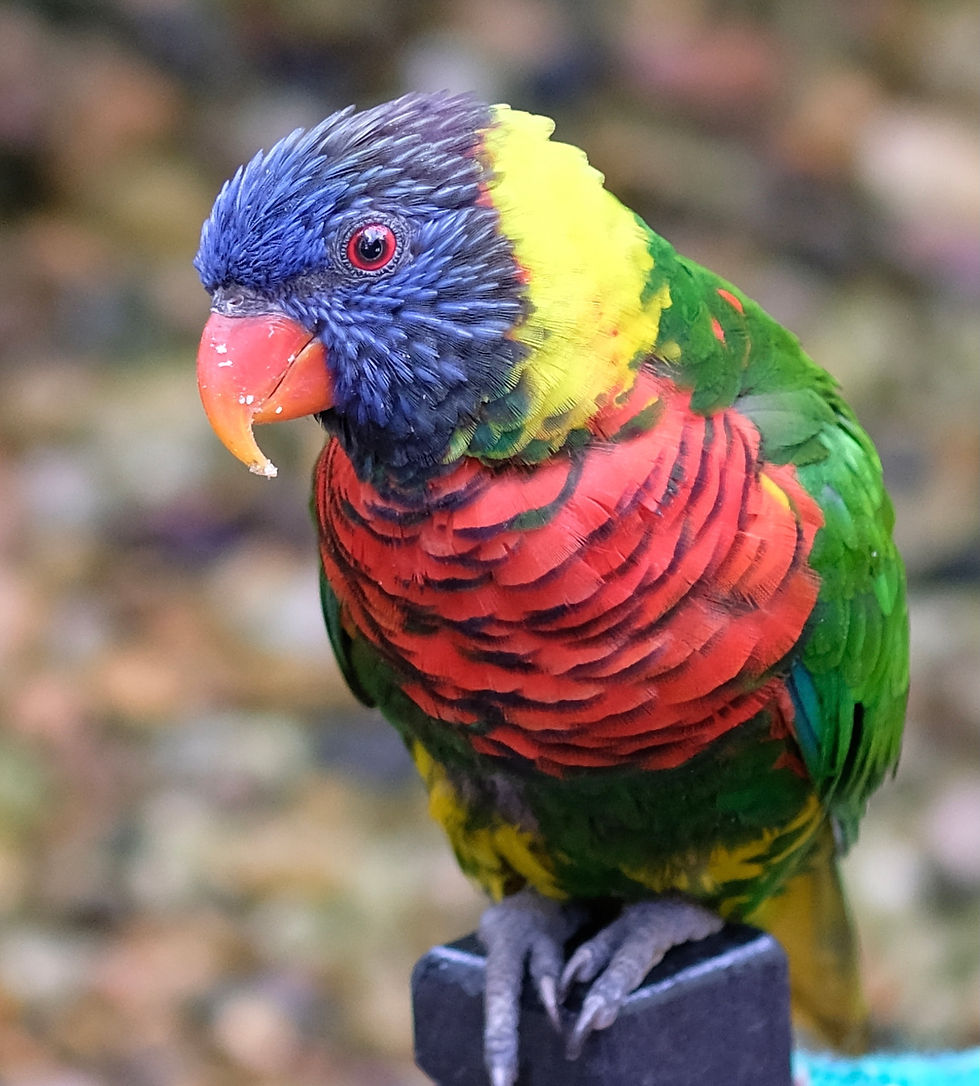
The Lorikeets were the most colorful of the birds and mostly personable except for the ones that bite. As with my last trip, the kookaburra intrigues me with his haunting voice. The rollers have beautiful colors but kept to themselves.
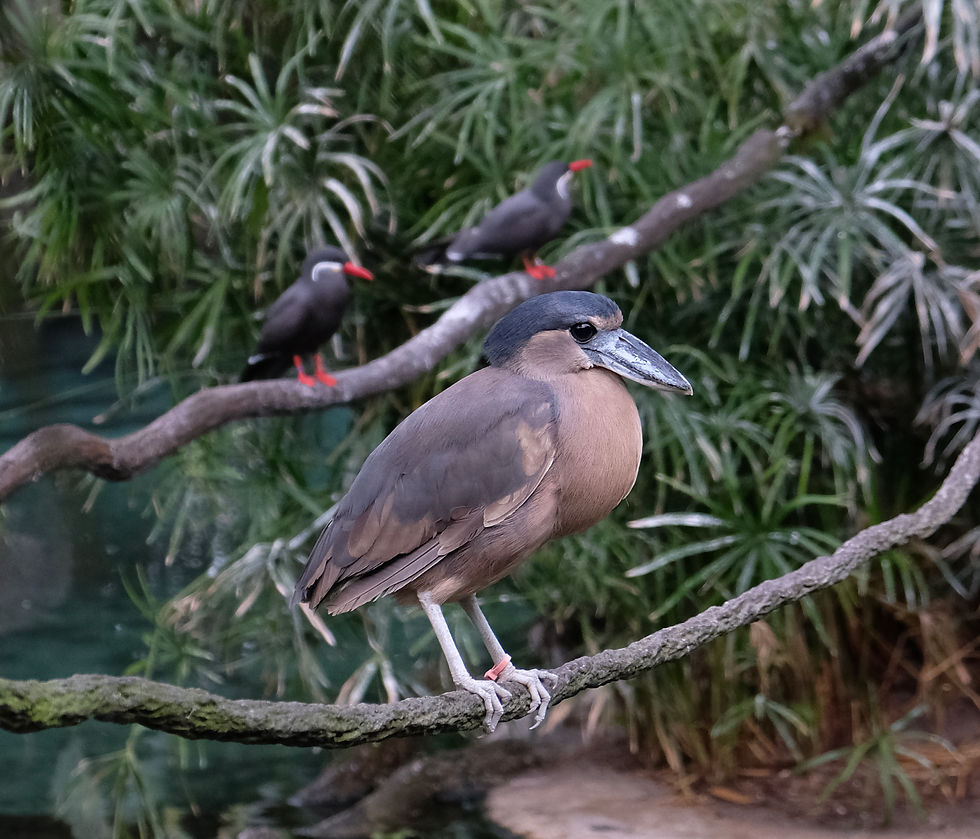
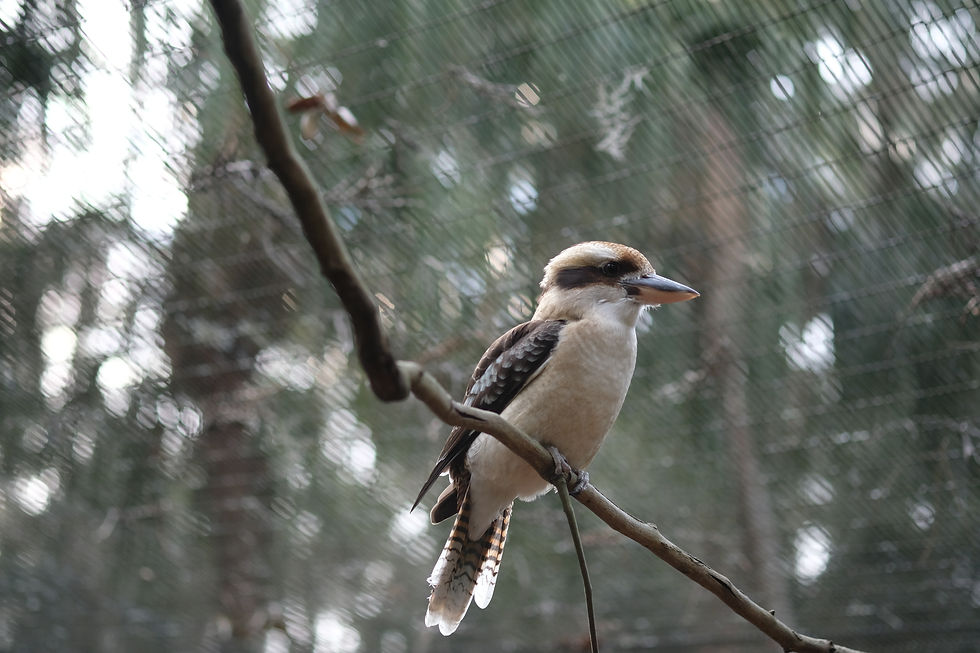

In the Emerald Forest Aviary the keeper brought out breakfast of many kinds of fish and bird food. It was great fun to watch them. My photos were better here, mostly because we were closer to the birds, and I used my macro lens. Occasionally one bird would photobomb a portrait of another, or another photographer would end up being the unintentional subject.
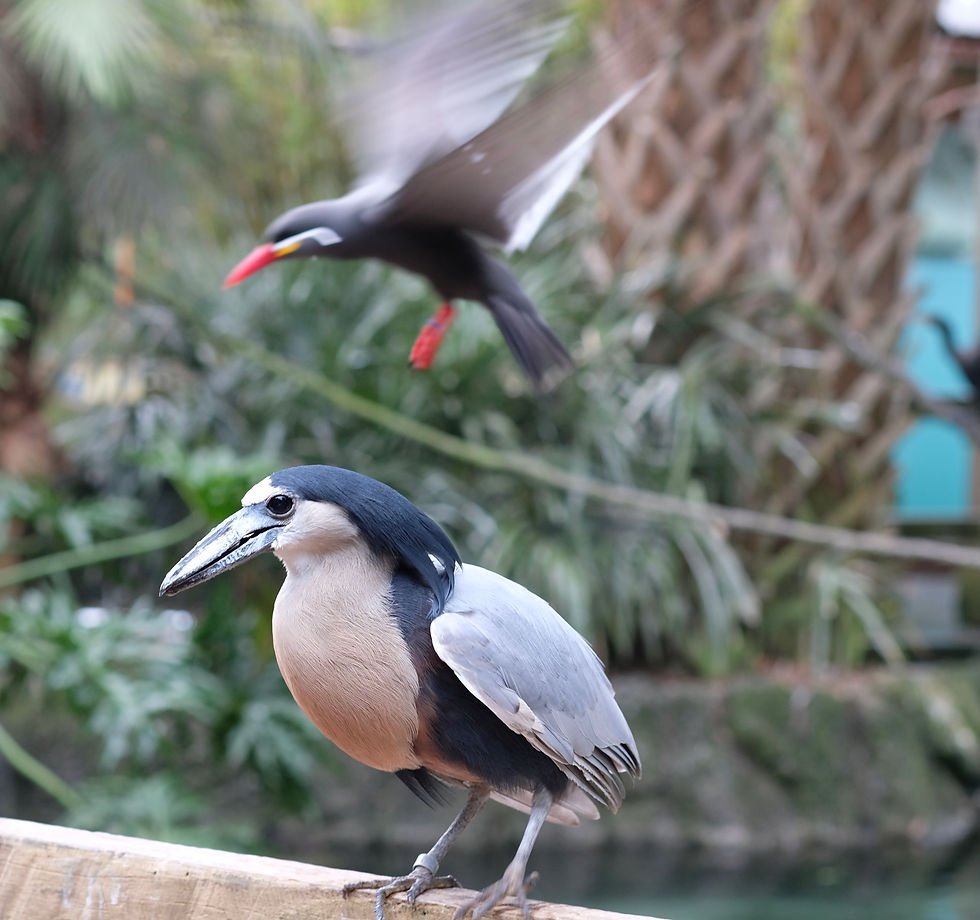
After taking photos, we had a lovely brunch. My only recommendation would be not to serve eggs on the bird photography day. They would be a better choice on the gorilla or giraffe days.
During the brief lecture after the photo opportunities and our meal, John provided us with lots of helpful photography suggestions. Perhaps my favorite piece of advice was: “The correct exposure is the one you like.” And in terms of focus, you need to know what you are trying to capture. Good advice for writing a book, too!
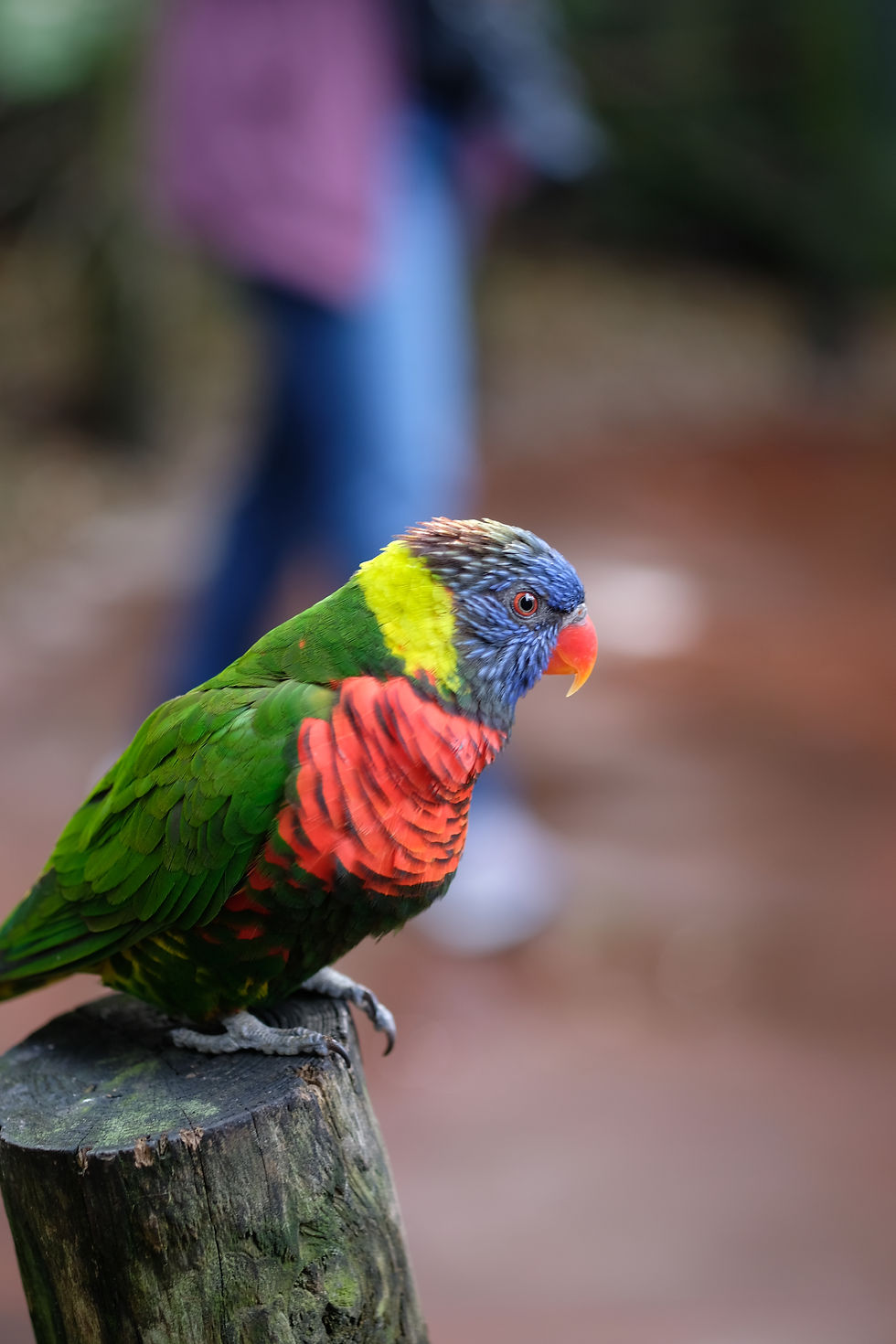

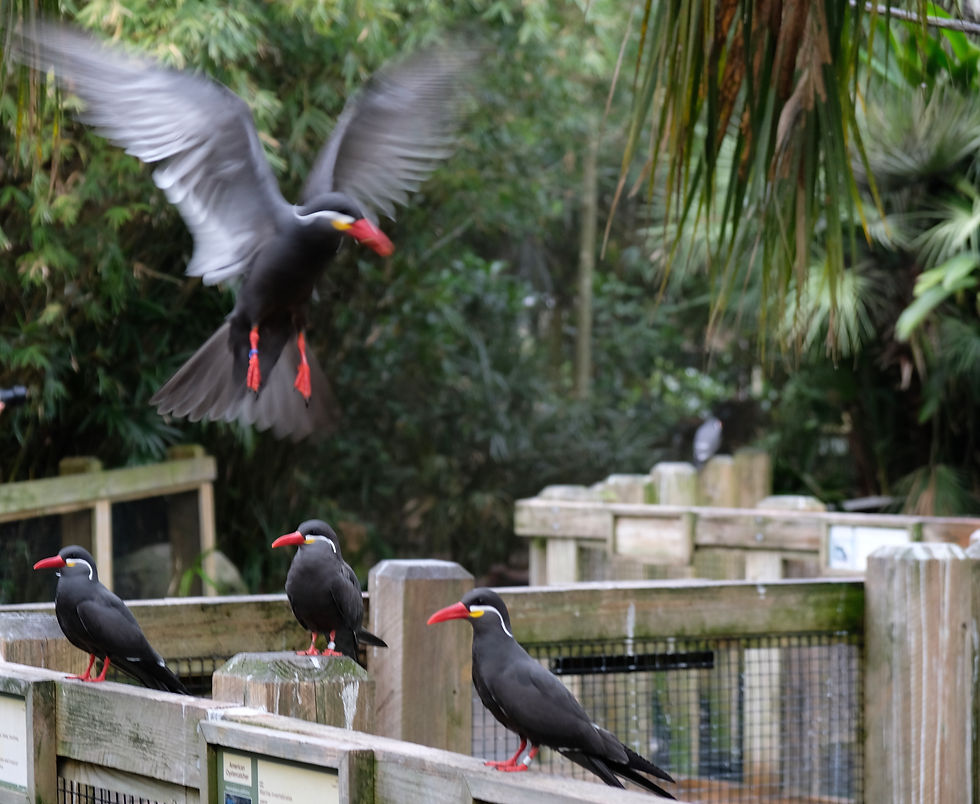


I enjoyed this post not solely because of its beauty and creativity but also because I learned about your goals and aspirations. Thank you for sharing your gifts with us.
Frank Vacirca
Gorgeous! So glad you had so much fun at the zoo.
Wonderful pictures and story!
The pictures of the birds are beautiful and loved their vivid colors.
Also, seeing your Aunt Kate makes your story come alive and I look forward to hearing more about her life. ❤️❤️